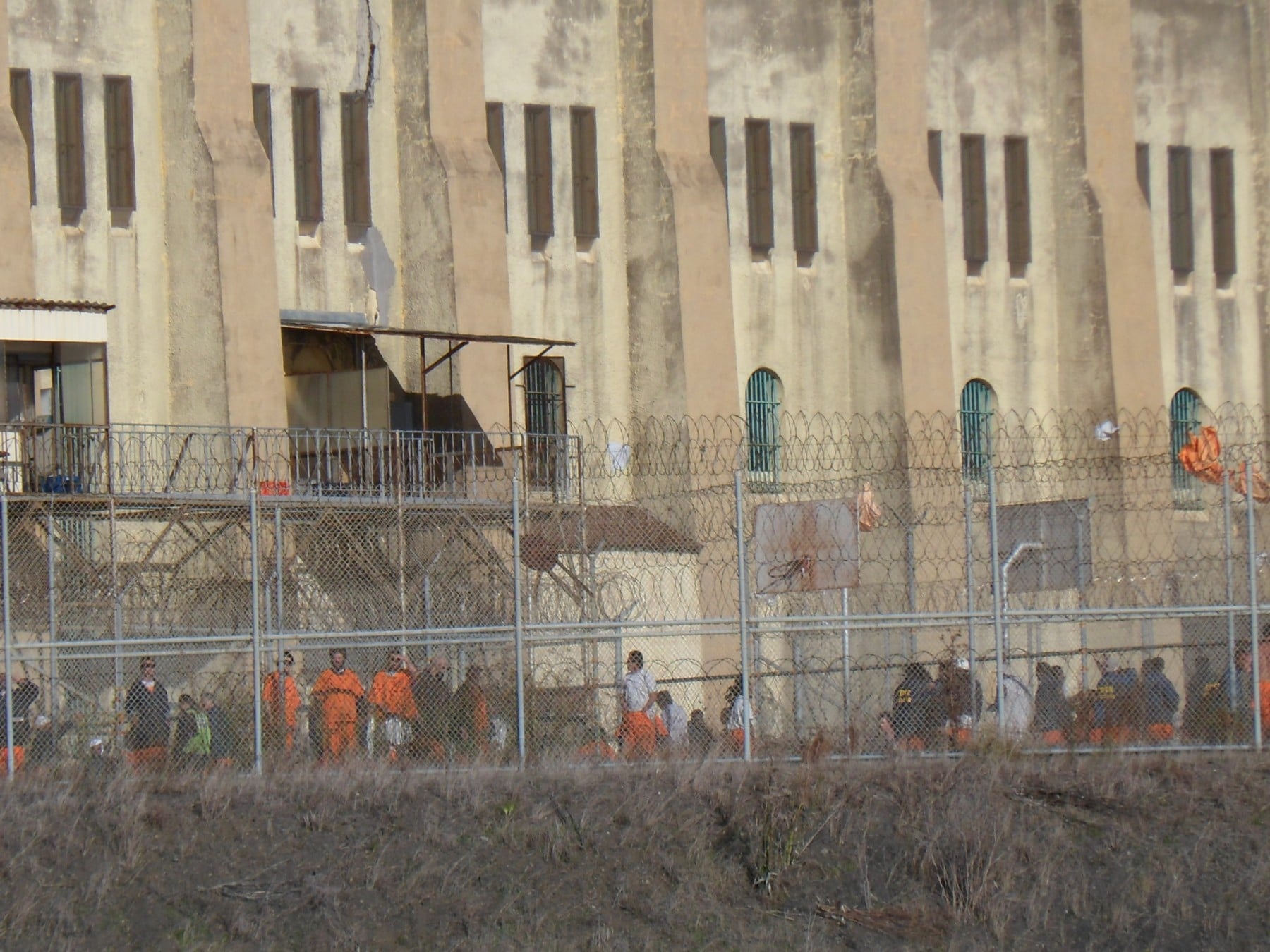Even before COVID-19 upended American social and economic life, mass incarceration was devastating communities nationwide. But with data suggesting that 11 of the top 15 COVID-19 outbreaks are located in US jails or prisons, incarceration’s consequences have become immediate and crystal clear: If we don’t decarcerate, we foster disease incubators that prolong COVID-19 and potentially kill an additional 100,000 people—from jail incarceration alone.
During a pandemic, decarceration is a vital matter of public health. That’s why the Centers for Disease Control and Prevention (CDC) must create policy guidelines that are centered on reducing correctional populations. So long as the CDC ignores the humanity of 2.3 million individuals who are incarcerated, it puts them—and everyone else—at risk.
For the general public, the CDC recommends a number of practices to mitigate disease spread. These practices include frequent handwashing and use of hand sanitizer. They include consistently disinfecting communal surfaces. And, perhaps most importantly, they include “social distancing” measures like six-foot distances between people and an end to group gatherings.
These measures are impossible in jails and prisons, where overcrowding renders social distancing impossible. People are forced to sleep shoulder-to-shoulder, sometimes in hallways or entryway closets. They share a variety of common spaces every day. Access to hand sanitizer is often limited or outright banned. Even clean water isn’t guaranteed.
The CDC must address the glaring gap in its recommendations.
What’s more, COVID-19 is deadliest among people with underlying chronic conditions. Incarcerated people are disproportionately likely to suffer the very illnesses that increase COVID-19 complications, including cancer, diabetes, heart disease, lung disease, asthma and immune deficiencies. Approximately 40 percent of the US jail and prison population has reported a chronic condition. And healthcare for detained individuals is notoriously low-quality and under-staffed, leaving this population even more vulnerable.
This combination of conditions—described by one author as “like a cruise ship mixed with a nursing home”—is an existential threat for the millions who are incarcerated. But it’s not only incarcerated people who will suffer. Of the more than 10 million people who cycle through jails annually, most stay only a few days. Afterwards, they return to their communities. And correctional staff like guards, vendors, nurses, visitors and defense counsel enter and exit on a daily basis.
This kind of throughput is the virus’s dream—and society’s nightmare. A COVID-19 outbreak within a correctional facility won’t stay there.
These fears aren’t theoretical. In China, COVID-19 spread rapidly through prisons and jails. In America, jails and prisons already have more than 35,800 confirmed cases and 345 coronavirus-related deaths. On Rikers Island, the main jail in New York City, the COVID-19 infection rate is eight times higher than in the wider city—America’s hardest-hit community. And, in a week alone, the Federal Bureau of Prisons reported eight deaths of incarcerated people who were in federal custody.
Notwithstanding these realities, the current CDC recommendations address only high-risk staff and thereby ignore an unfolding nightmare for 2.3 million incarcerated people. In doing so, the CDC is reinforcing a well-worn government tradition: forgetting the very humanity of people who are incarcerated. This is not only wrong in itself, but risks all of society’s health.
Mitigation isn’t sufficient to address this risk. Even when detention facilities provide access to proper hygiene and disinfecting practices, their confined nature makes social distancing essentially impossible. As medical professionals have stated in letters, lawsuits, interviews and opinion articles, minimizing COVID-19 spread requires thoughtful downsizing of the incarcerated population as well as aggressive prevention measures.
It’s time for the CDC to do the obvious and recommend decarceration. The agency has played an instrumental role in promoting the safety practices that may already be slowing COVID-19 spread. Now, the CDC must address the glaring gap in these recommendations. That’s why 117 organizations and nearly 600 public health-affiliated individuals recently signed a letter urging that the CDC explicitly adopt decarceration in its guidelines.
The CDC must go beyond recommendations to provide hygienic products and develop testing protocols; it must issue clear guidance on reducing jail and prison population size. This guidance should include releasing the elderly, those with pre-existing medical conditions, those who are close to finishing a sentence, and those who are simply detained while awaiting trial.
It’s time for the CDC to provide the public health leadership that our incarcerated population, their families, their communities and our society at large so desperately need.
Update, May 12: This article was updated to include more recent statistics on coronavirus cases and deaths in jails and prisons.
Photo of San Quentin State Prison in Marin County, California by ZBoralski via Wikimedia Commons/Creative Commons 3.0.






Show Comments